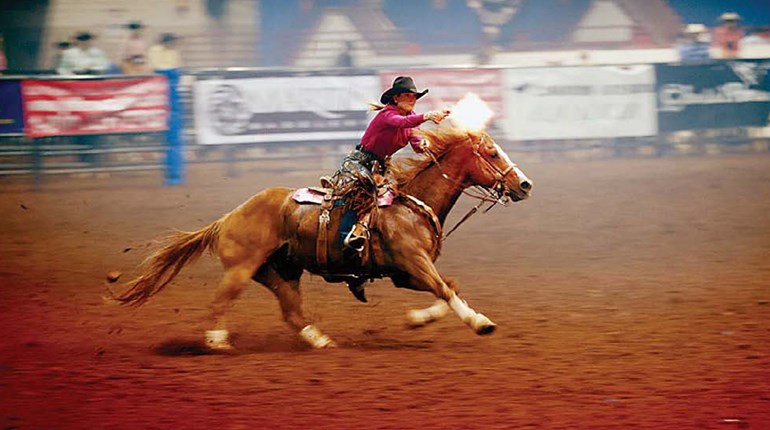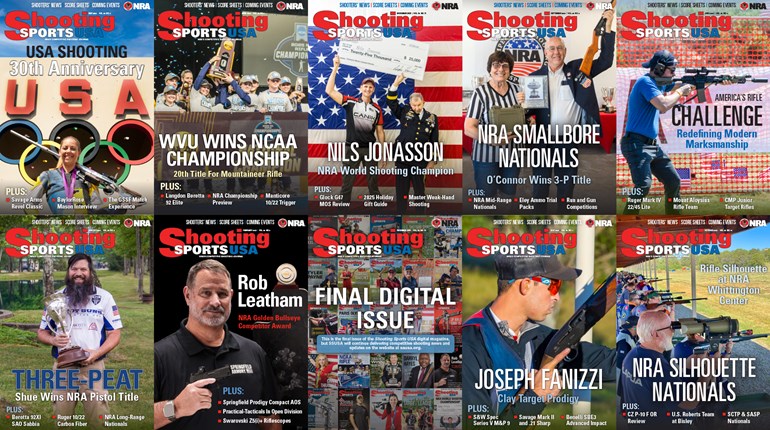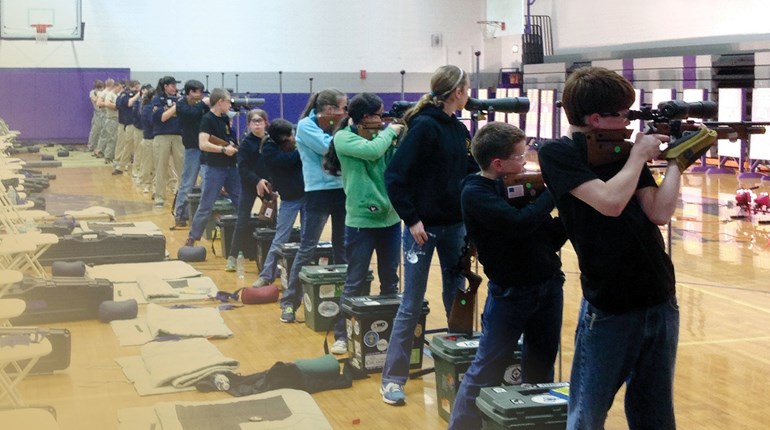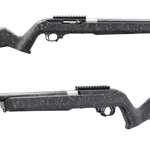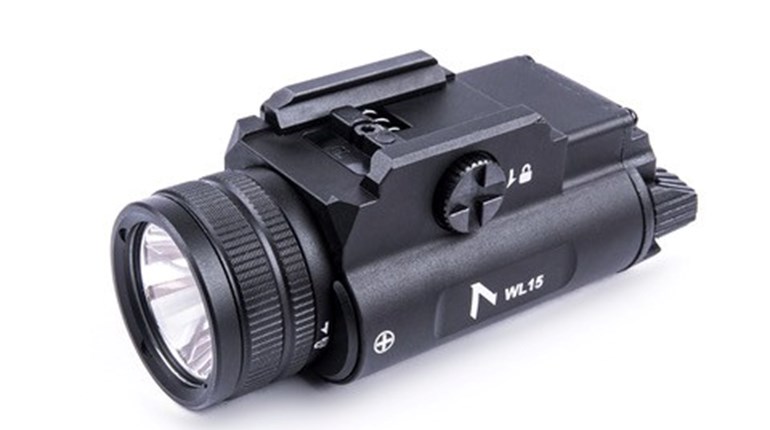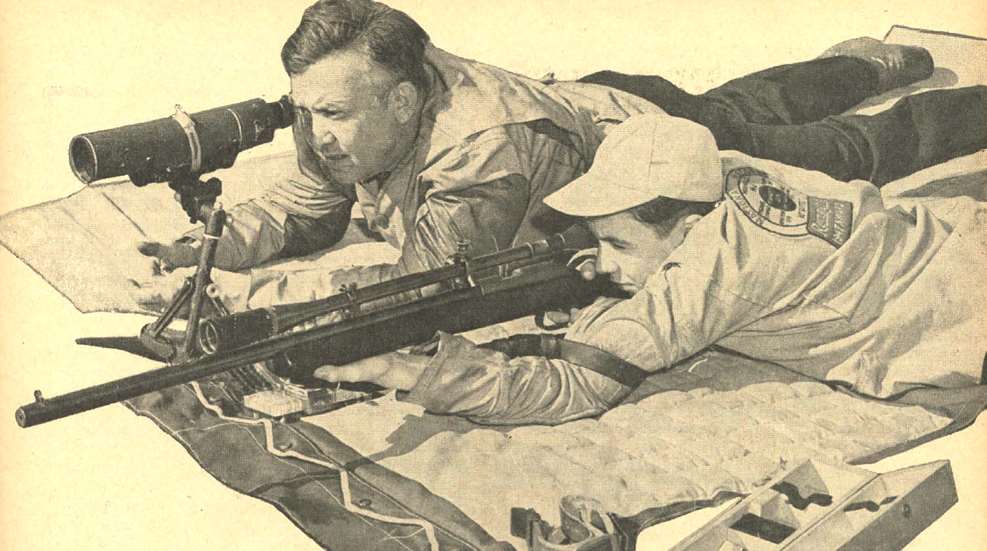
If you haven’t already, be sure to read Part 1, Part 2 and Part 3 of this series celebrating the National Smallbore Outdoor Rifle Championship Centenary.
Smallbore shooters gathered at Camp Perry in 1946 for a grand family reunion. Friends, separated by war, reunited, and remembered those who would not return. It wasn’t shooting that brought satisfaction―but rather the restoration of the sport after a long four-year hiatus.
Defending champion Rans Triggs, who held the title since 1941 (the longest tenure of any prone champion because of the war) was unseated by G. Wayne Moore.
Moore suffered a football injury as a teenager which cost him a leg. He proved that prone rifle competition is an equal opportunity sport, blind to gender, age, and most physical handicaps as he took the metallic sight aggregate two points ahead of Triggs. Bill Schweitzer won the any sight aggregate on a tiebreaker, but Moore held on for the championship.
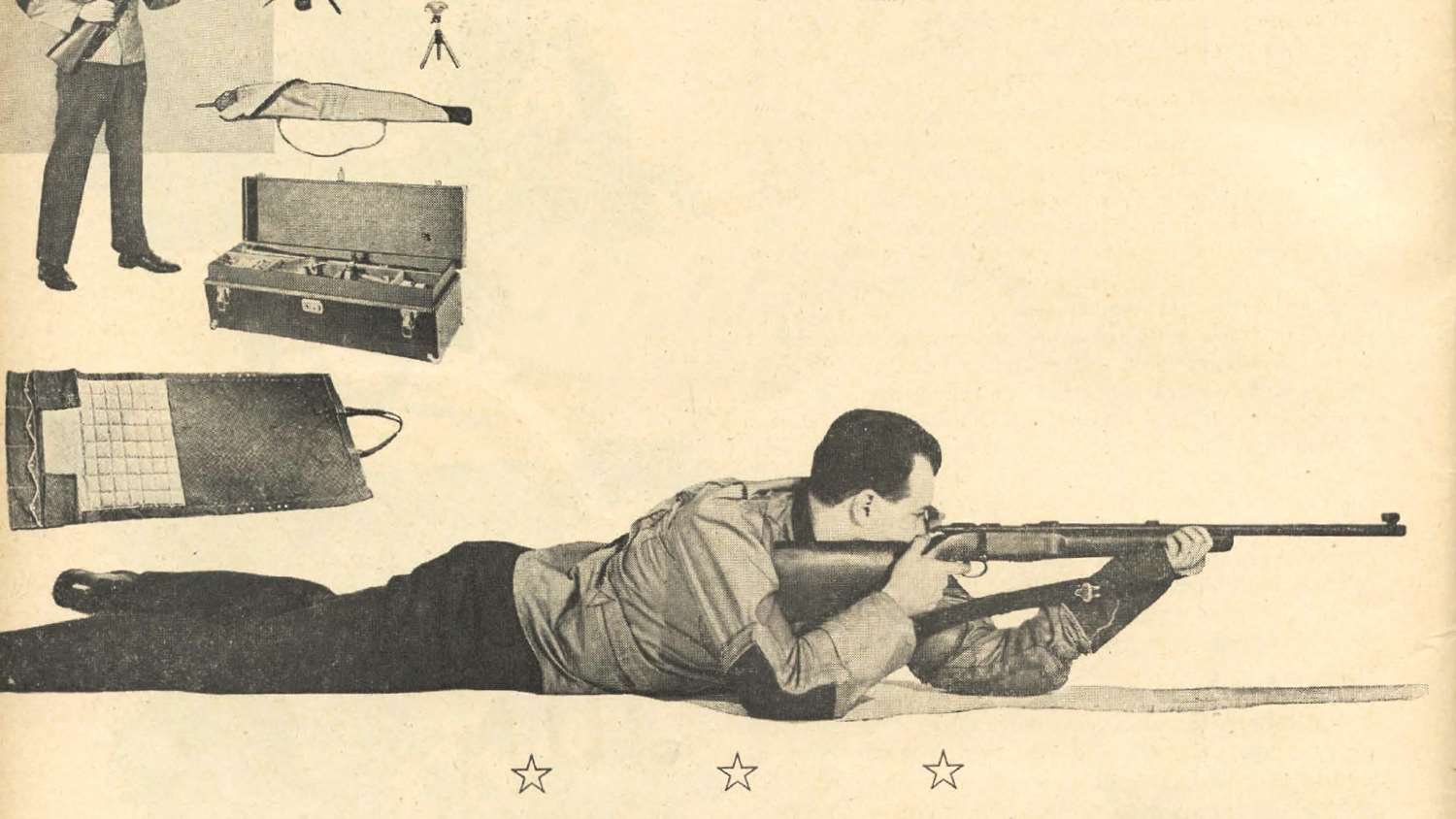
Young Art Cook suffered from allergies and shot rapidly to reduce the effect of itching watering eyes and a running nose. He could rattle off 20 record shots in three to five minutes with an accuracy that earned him membership in the exclusive 400 Club and a 399 in the Dewar Match.
The 370 smallbore firing points at Camp Perry barely held the near record number of 735 competitors vying for national titles in 1947. Cook won the opening match but at the end of the first day, Robert Perkins was knotted with Walt Tomsen and defending champion Moore two points behind.
The second day would decide the metallic sight championship. Those “hawking the board” tallied scores and word quickly spread that Perkins had a one point lead over Moore. With a low X count and a one point advantage he could not let down his guard during any sights.
The final day of individual competition was a dogfight as Moore battled to retain his title. There was simply no room for a misstep. With one match to go, Moore took over first when Perkins dropped points. A repeat national championship, the first since Bill Woodring in 1937, was Moore’s if he could maintain his lead through the any sight Dewar―a task easier said than done. Moore coolly drilled 31 Xs and nine 10s―proving that 1946 was no fluke.
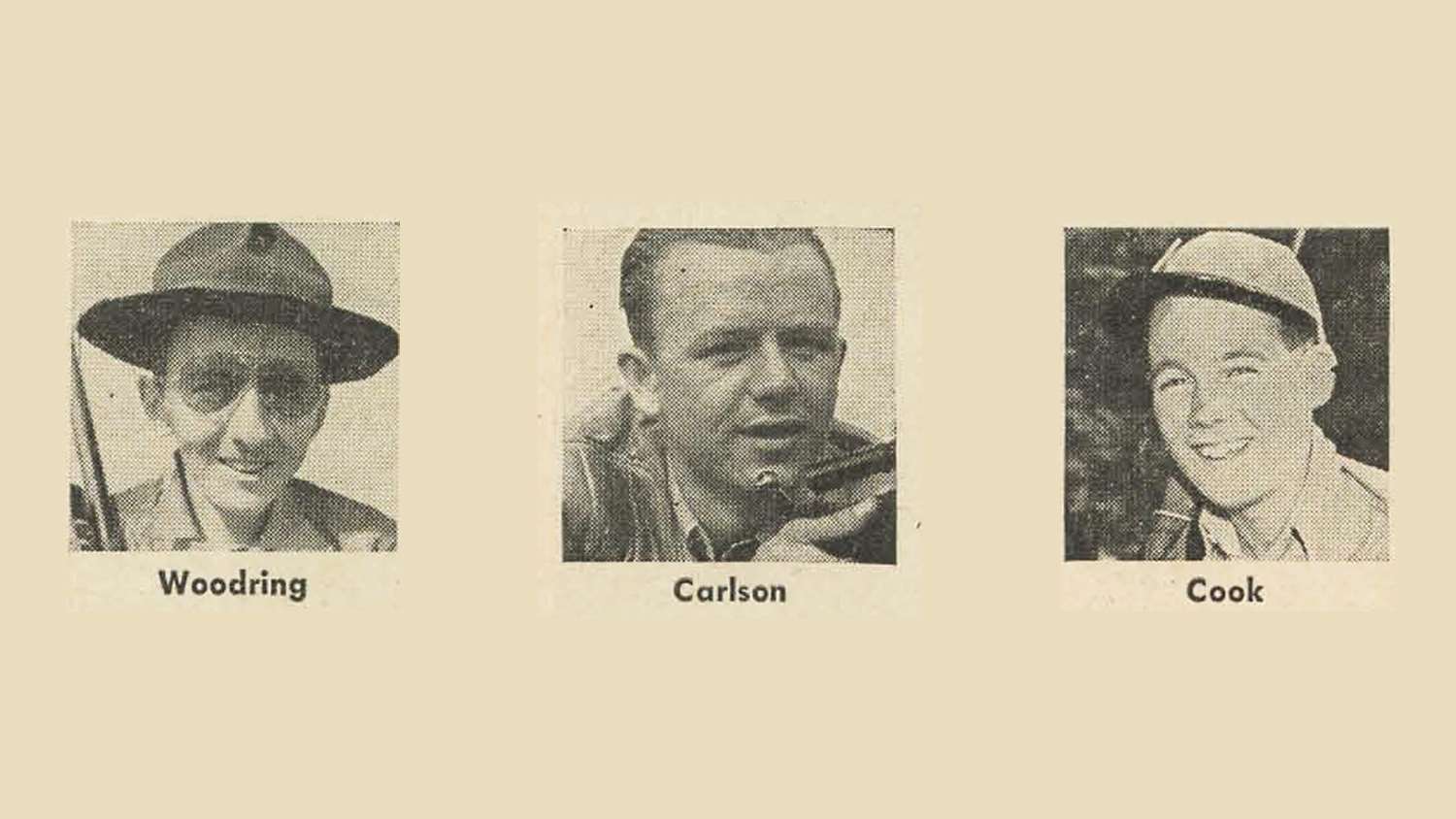
With no federal funding for the 1948 National Matches, the NRA brought the top three shooters from each NRA Regional (29 total competitors) to Marine Corps Base Quantico. It would be the smallest field of competitors, the latest date in the year in match history and the start of a five-year period of wandering.
Focus was on the top three from the previous year: G. Wayne Moore, Robert Perkins, and Dave Carlson. Art Cook, fresh from his Olympic win, attracted some attention.
The two-day tournament was a test of skill and will. Gusts of 30 miles an hour buffeted the shooters who found it was a case of squeezing off a shot at the right moment―a fraction of a second either way spelled success or disaster. At the end of the first day, Moore was the new metallic sight champion by the margin of one point.
Overnight, the winds disappeared. Cook jumped off to a quick start with any sights as Moore dropped two points. With three matches left, Cook could not get cocky or Moore morose, but Moore dropped three points in the Meter Match giving Cook the lead. They tied in the Dewar and Moore won at 100 yards, but by not enough to erase Cook’s lead. Cook’s winning score of 3150 shows just how trying conditions were.
30th Smallbore Anniversary
The 1949 Championship marked smallbore’s 30th anniversary and was held over Labor Day weekend at Camp Dodge, IA. Wind, rain and hail tried the shooters’ skills and patience. Robert McMains won the opening match and began a methodical march toward unseating Art Cook. The wind vexed his opponents and blew large amounts of pollen about (Cook’s Achilles Heel) which ended up aiding McMains.
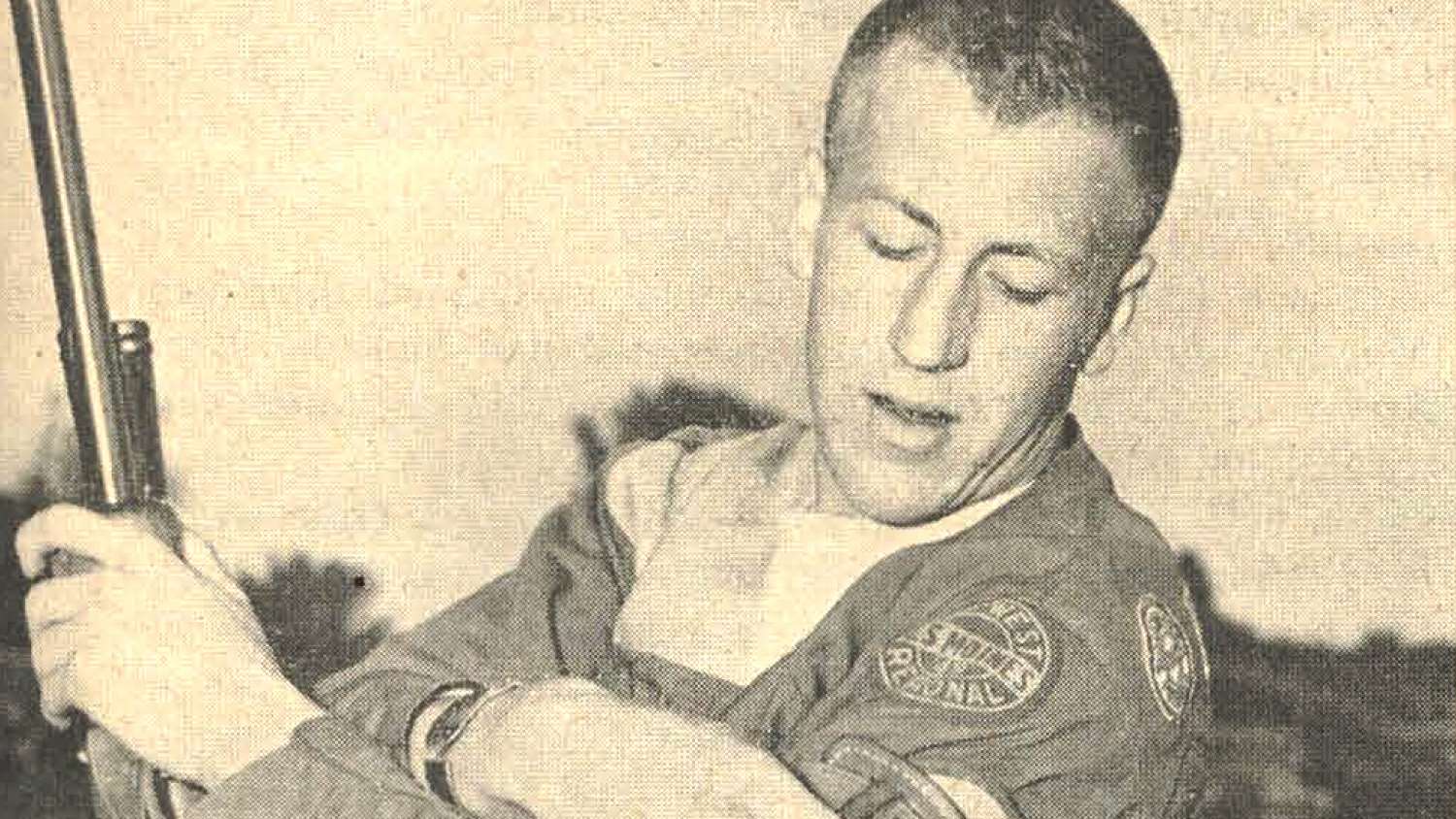
McMains was pressed every step of the way by junior Dave Rosenberg, who matched him shot for shot. McMains edged out Rosenberg for the title, leaving Rosenberg with junior laurels as Adelaide McCord repeated as the women’s champion.
The Ohio National Guard made Perry available in 1950. The championship location became irrelevant early on June 25 when North Korean troops invaded South Korea. The National Matches were cancelled as the nation went to war.
The NRA used San Francisco’s municipal 125-point Sharp Park Range for the 1951 Championship. Perhaps it was home court advantage, or the strong fishtailing sea breeze that shut out the east coast shooters who had dominated the sport for so long.
Dark horse San Franciscan shooter Mason E. Kline, Jr. wowed the home crowd from start to finish. Kline won the iron sight aggregate by a large margin and would need every point to stave off the easterners during any sights, where he placed eighth. The points salted away during metallic sights gave him the edge needed to win the championship.
The 1952 Championship took place at the Jacksonville Florida Police Pistol and Rifle Club. The range was scooped out of a sand pit and Florida’s sun made the range unbearably bright and hot. The mirage was heavy and the conditions were not helped by the prop wash of aircraft movements at adjacent Jacksonville Airport. The sponsors erected an awning over the firing line and placed beach umbrellas in the assembly area to provide protection.
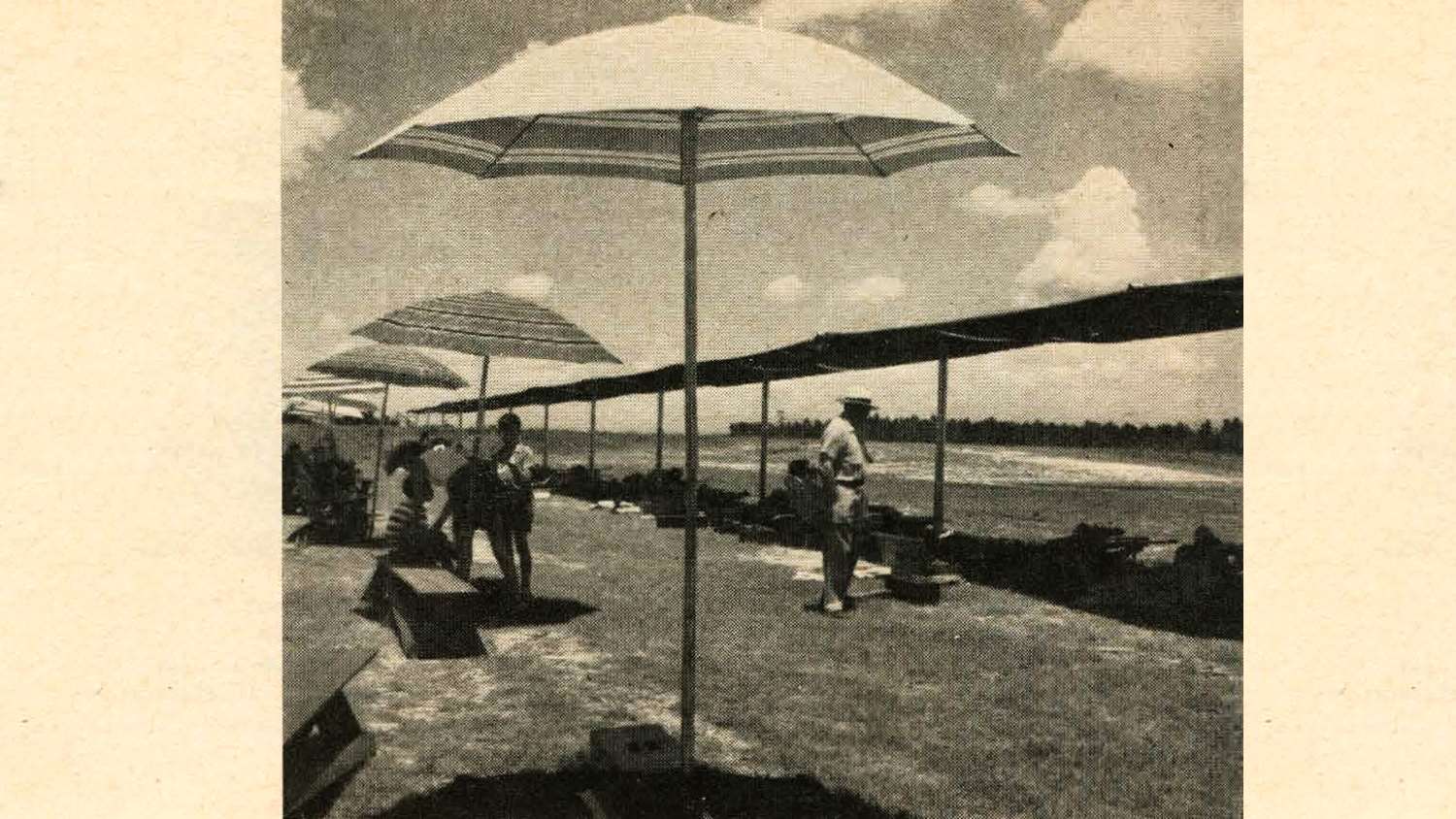
John Skeadas won the metallic sight phase, attempting to be the youngest champion since Art Cook. Robert Perkins capitalized on critical point losses made by the competition in any sights. He was pressured in any sights by Air Force Lieutenant John Kelly who tied on points but lost on Xs in the aggregate. In the end, Perkins’ efforts paid off with the national title.
The Apache Junior Rifle Club of Phoenix, AZ, won the any sight team championship, the first time a junior team had taken a national smallbore championship.
The U.S. women accepted a challenge by the women shooters of England. Brokered by Muriel Bryant of England, and Eleanor Dunn of the U.S., the two nations would field teams of 10 women to shoot a postal match over the Dewar course on U.S. targets. Former NRA president Thurman Randle donated a large sterling trophy to be awarded to the winning team. The match and the cup would become known as the Randle Trophy International Women’s Rifle Team Match. Elinor Bell, Margaret Davis, Ruth Morgan, Olga Patterson, Neva Seagly, Judy Thompson, Emilie Wenner, Vera Renftl, Betty Ingleright, Gwen Rossman and Helen Van Gaston formed the first Randle Team. Art Jackson, fresh from winning the prone bronze in the 1952 Helsinki Olympics and gold in the World Championships, was the official witness.
George Whittington donated the Whittington Trophy to be awarded to the National Junior Smallbore Rifle Prone Champion. Charles Rogers, of Phoenix, AZ, was the first to accept the new trophy. Rogers then motored north to Fort Benning, GA, where he captured the junior title in high power.
The Dewar was the largest to date with teams from the United States, Canada, New Zealand, South Africa and Ceylon all falling to Great Britain.
50th Anniversary of the National Matches
The 50th anniversary of the National Matches was celebrated at Camp Perry in 1953, the first full-schedule matches held there since 1940. The smallbore matches were shot under almost ideal conditions as witnessed by the fact that in the first 50-yard any sight match, 243rd place was taken by a score of 400x400! Under such conditions it was no surprise that the competition at the top was a dog eat dog contest.
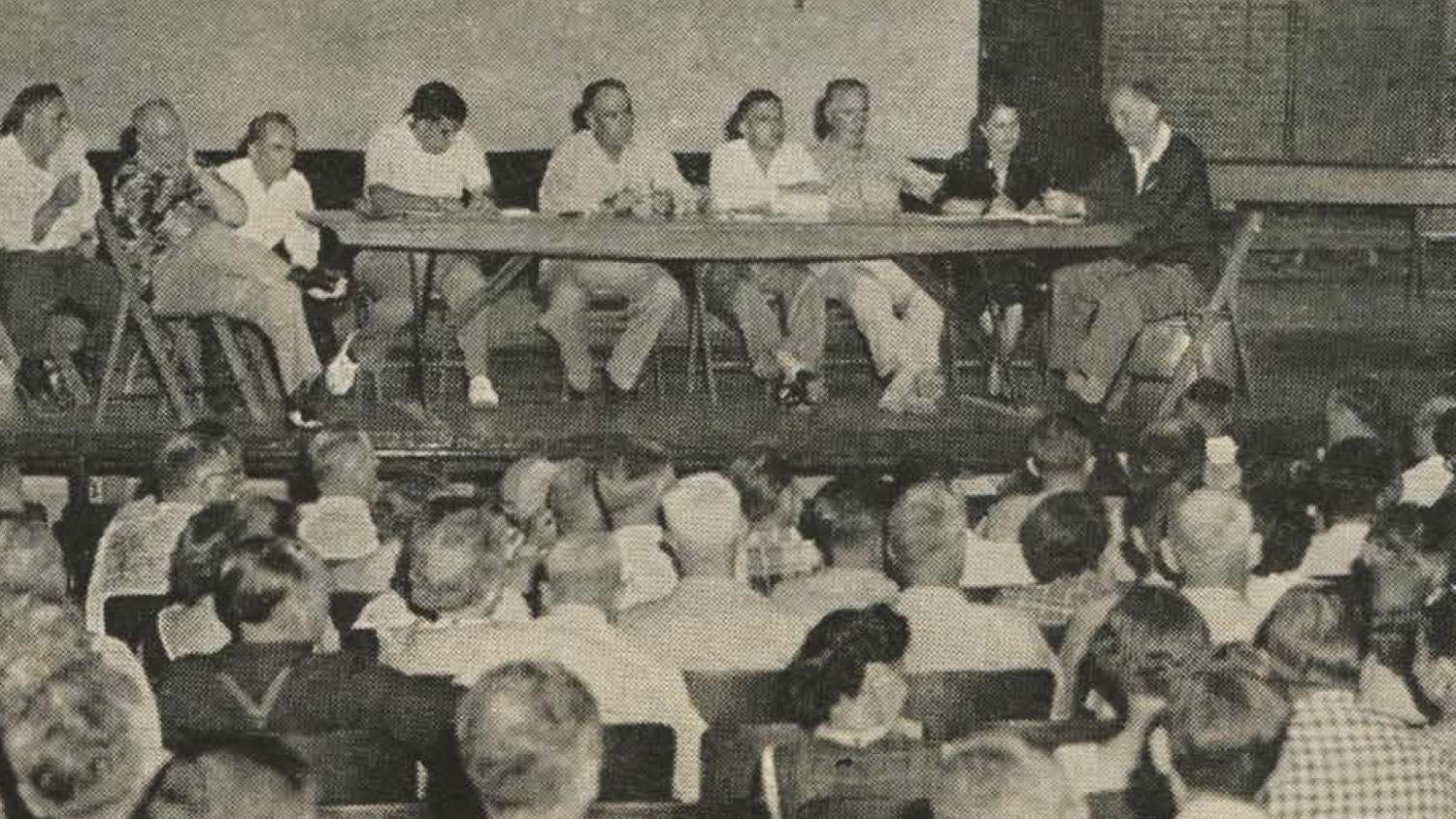
After seven 40-shot matches, it was a four-way tie between John Crowley, John Moschkau, Charlie Whipple and Art Cook. Crowley won, with a new record of 3197-255X. The men all exceeded the previous National Championship record in the closest finish in match history, the difference between first and second being an X count percentage of 0.001.
Viola Pollum, from western Pennsylvania’s shooting hothouse, held a nine-X advantage over Neva Seagly for the woman’s championship.
Charles Rogers repeated as the junior champion. Staying for high power he nailed down that honor. Two years and four national junior titles in two disciplines was an accomplishment that would not be equaled until Thomas P. Rider duplicated the feat a half-century later.
The Randle Team successfully defended the silver cup with match founder Eleanor Dunn as team captain making her only appearance on a team roster.
The Dewar Team took to the line smashing the match record with a 7984. In the process Ransford Triggs shot a 200-20X at the 50-yard line, the first to do so. The British shot the match earlier and had also beaten the previous record. Believing their score was untouchable, the British contingent at Perry to shoot the Pershing Match had not brought the Dewar Trophy―much to their chagrin.
The Pershing Team Match was fired in the afternoon following the Dewar. General of the Armies John J. Pershing, a strong supporter of marksmanship, presented a trophy to the NRA in 1931 for shoulder-to-shoulder international competition. The 10-person team match was first held that year in England with the host country winning as they did again in 1937. The third time was the charm and the U.S. Team brought the trophy home in 1939. World War II broke up the cycle of competition, so it was with great excitement that the NRA hosted the renewal. England was still suffering severe privation brought on by the war and U.S. Pershing Team veteran William Schweitzer helped finance the English team’s trip with a generous, and sporting, contribution. Canada, England, and the U.S. faced off over a Dewar course using the American target and iron sights and the home team retained the trophy.
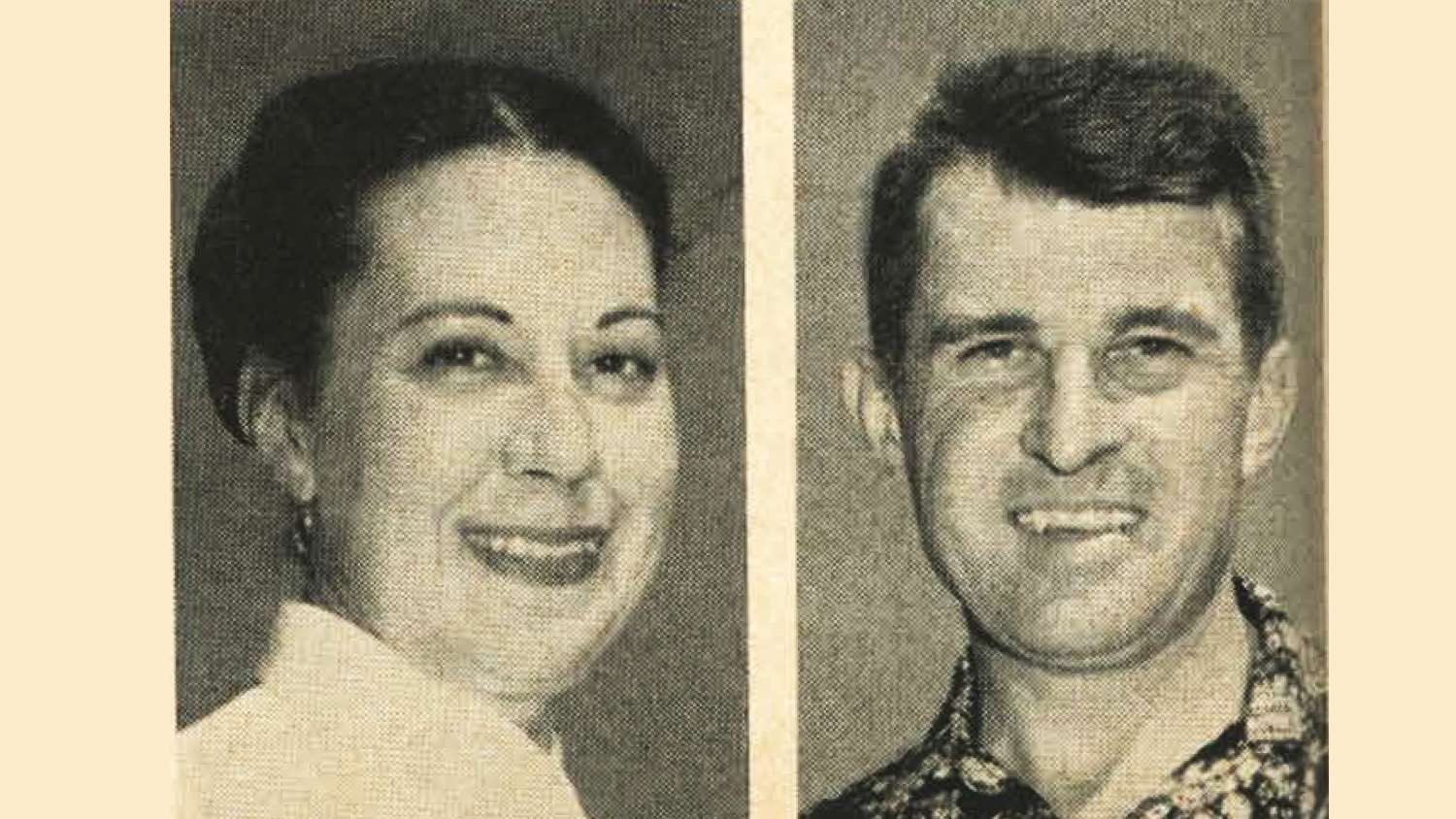
The program for the 1954 smallbore championships followed the pattern set in the recent past. The Critchfield Trophy, and a specially selected rifle, was awarded to the new champion Alonzo Wood. Elinor Bell regained the women’s title she last held in 1951, becoming only the second lady to win two or more titles. Junior Presley Kendall took home the Whittington Trophy and earned a spot on the Dewar Team, posting the seventh highest score.
Doubling the Course of Fire
The Smallbore Committee elected to expand the course of fire in 1955. The reasoning was that a longer course of fire would be a better test of skill and endurance, eliminating the chance of a few lucky strings earning a shooter the national championship. The 3200 point course of fire (then known as a Critchfield Course) was doubled to a 6400 point match.
Viola Pollum garnered the first ever championship “hat trick,” winning the 1955 national open championship, the first woman to do so, and the civilian and women’s championship. William J. Grater and Vic Auer would share junior honors because a mid-year NRA rule change redefined the age for juniors.
The U.S. Randle and Dewar Teams proved victorious in the international postal matches with the Randle Team establishing a new record.
Hardly worth noticing in the bulletin was the name, address and classification of a junior. The young lad from Montana didn’t win anything in 1955, but it was the first appearance in a Smallbore Championship bulletin of Lones Wesley Wigger, Jr. It would not be the last.
The 1956 Championship started out as a battle of champions. The 1941 national champion Ransford Triggs, 1948 champion Art Cook, and Ray Steele, the 1953 service champion, were neck and neck with Cook leading by two points at the end of day one.
Cook managed to hold on to his lead as he worked towards his second national title. While not in any of the individual match winners’ circle on the last day, Cook turned in a final score that won the metallic sight championship and control of the match.
Cook uncharacteristically dropped 14 points with the scope, opening the door for C.L. Wood who took the any sight aggregate. The grand aggregate scores ended in a photo finish as J. Kenneth Johnson, who had won two matches in iron sights, and Triggs knotted at 6385 but Johnson’s huge lead in X count, 478 to 455, gave him the 1956 championship.
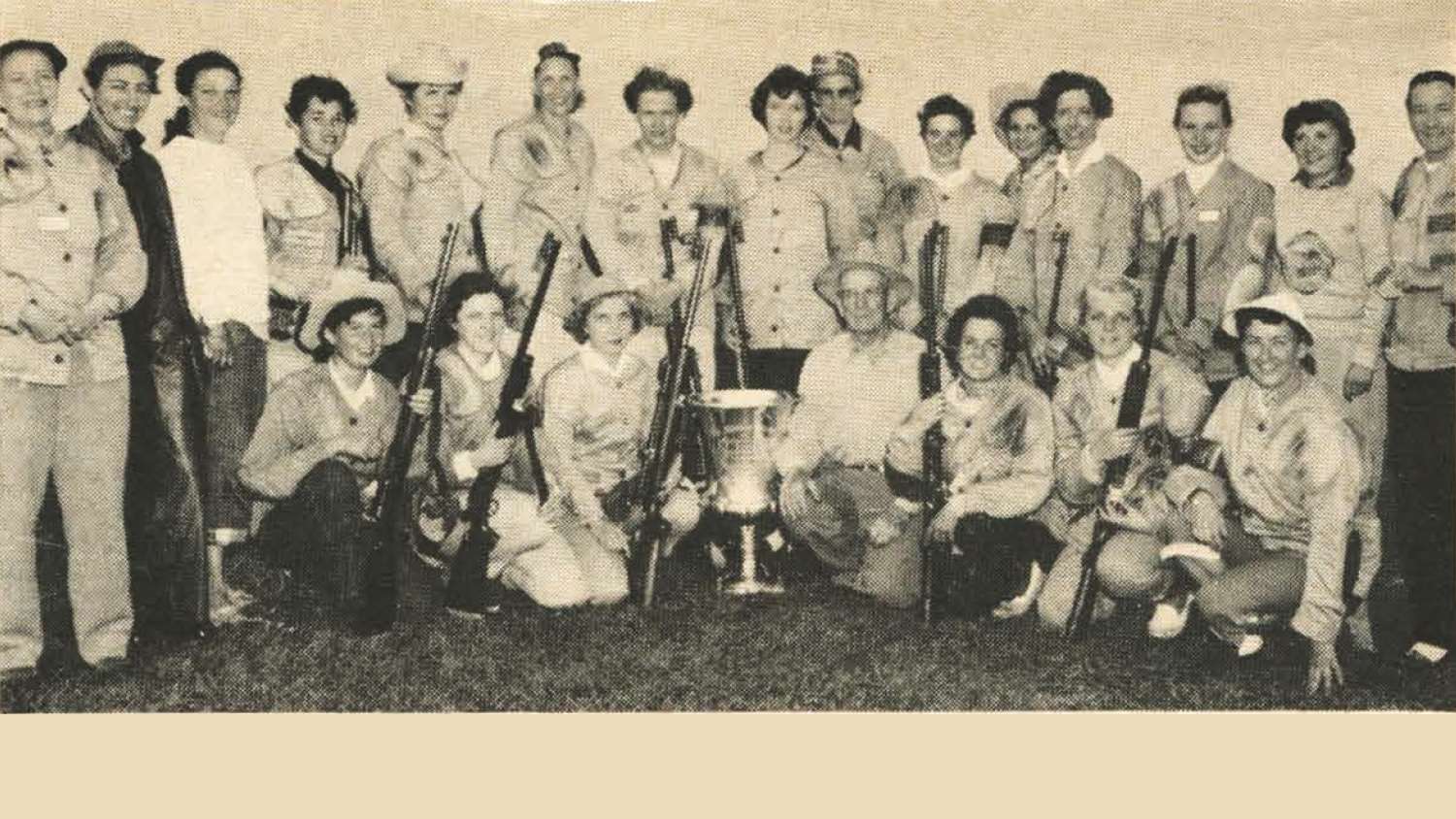
As a trial horse for future matches, a position match was scheduled. The match was two 40-shot courses of fire, 10 shots prone, sitting, kneeling and standing―once with metallic sights and again with any sights. With 122 participants entered in the event, Army Master Sergeant Francis B. Conway won the metallic sights and Cook took the any sight match.
Major changes were underway for 1957. Among them was the now familiar target frame designed by Watt Redfield of the Redfield Sight Corporation. The frame incorporated a flat Masonite surface with numbers in alternating black and white. The numbering system worked as the number of crossfires went down.
Unable to hold its position at the international level, the U.S. had to do something or face becoming irrelevant in the shooting world. President Dwight Eisenhower took the first step authorizing the U.S. Army Marksmanship Training Unit on March 1, 1956. Its mission was to win matches from local to international level. The Marines and Air Force soon followed suit, with the Navy and the Coast Guard following. Serious military participation would have a lasting effect on competitive shooting in the U.S.
The NRA established a position championship after the successful trial in 1956 to help the effort. Air Force Reservist Art Cook took the first iron sight position championship. The any sight match winner was the Air Force’s Virgil Hamlim, Jr. finishing first in iron and second in any sights insured Cook of a place in shooting history―the first person to win a position outdoor smallbore national championship. He was also the first to take both outdoor championships.
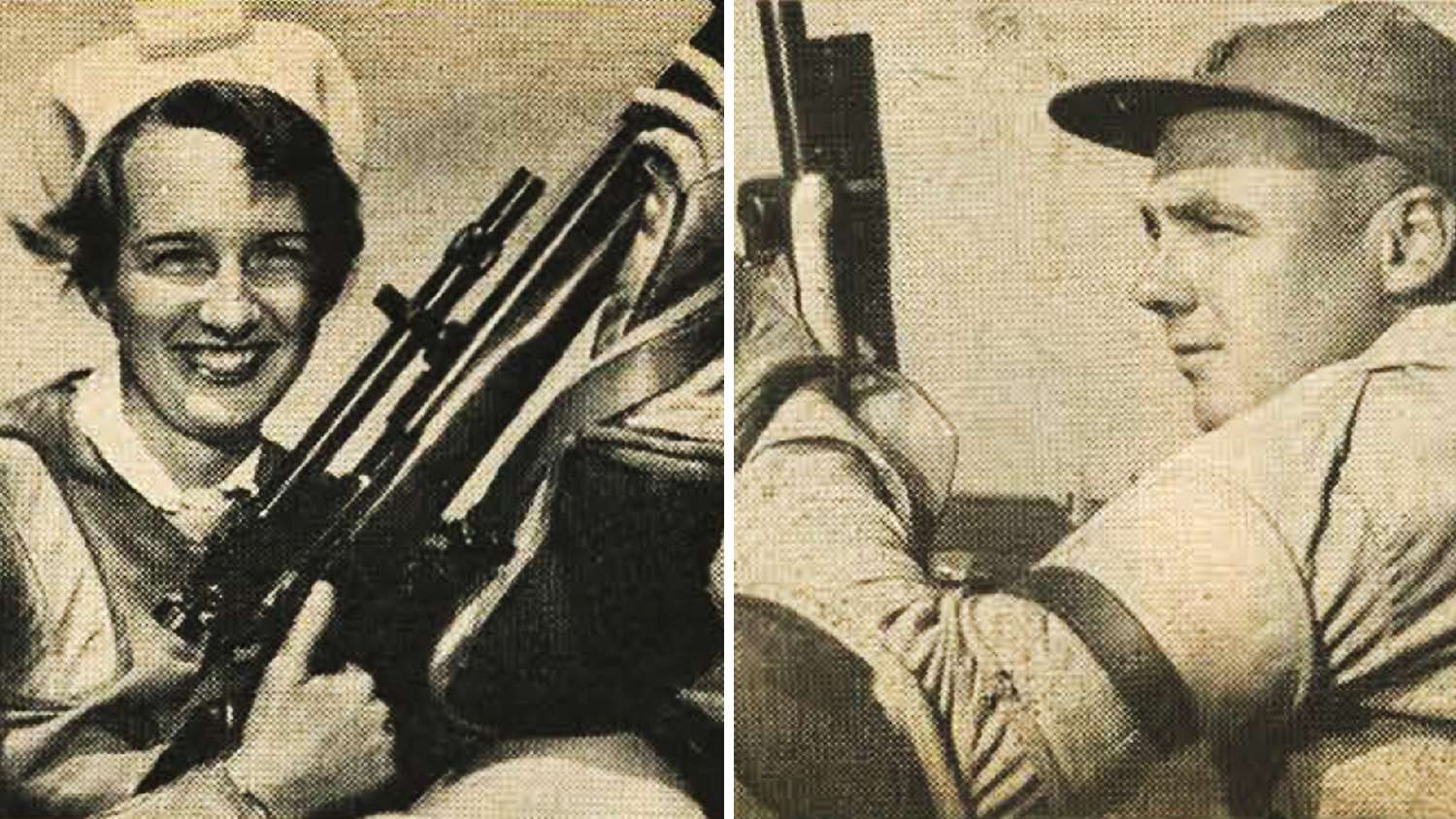
Marine Staff Sergeant Emmett D. Duncan placed first among regular service shooters while William C. Roos was the junior champion. Barry R. Trew took home collegiate honors and Marilee Hohman was the ladies’ champion.
The quality of 551 prone competitors in 1957 showed as 15 of the 16 individual matches were won with perfect scores. John Moschkau earned the Hoppe Trophy as the metallic sight national champion. Inez Sargent was the recipient of the Peters Trophy as the high woman.
Moschkau didn’t win any matches during the second two days, but dropped only one point to win the Critchfield Trophy. Bertie Moore won high woman honors. Jimmy J. Williams topped the juniors while Victor Auer was the high collegiate shooter. Hamlin was the best active-duty military rifleman.
The Dewar Team won, as did the Randle Ladies. Mrs. Mary Cook shot a team high 400-22X as a member of the Randle Team, while Art cranked out a 400-34X for the top U.S. score in the Dewar―showing that the family that shoots together stays together.
With the 37th World Championships being held in Moscow, a full contingent of the nation’s best marksmen was absent for the 1958 championship. However, his did not dilute the quality of competition as there was a plentiful supply of hard holders still at home.
Old hands dominated prone where almost every victory required a 400 with a high X count. However, none of the individual metallic match winners did well enough collectively to surpass Herb Hollister. Janet Friddell led the pack in the distaff division.
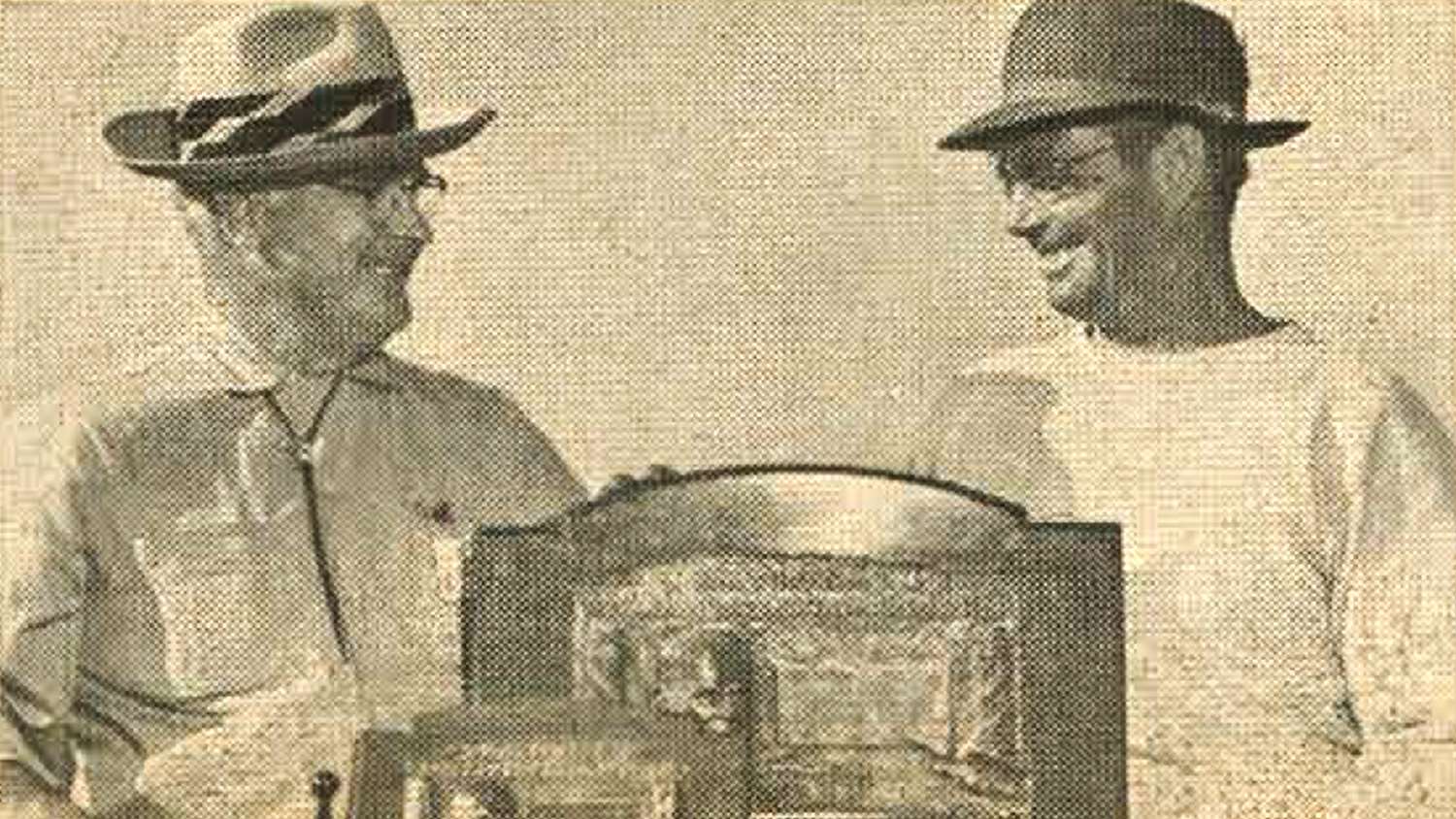
Robert Moore won the any sight phase and when it score was combined with his iron sight match total, the 1958 Critchfield Trophy was his.
Friddell capture both woman and junior titles. William Madden was high collegiate while Presley Kendall earned the service championship. Senior, a new category to recognize the elders, was established and Herb Hollister became the first to hold the title.
The military quickly staked out the position matches as their private domain. Cook, the defending champion, held on to his title and was the first to win back-to-back position titles. Quixotically the rules of the time discounted his reserve status and he was also awarded the civilian title while Army Lieutenant John R. Edwin, was named regular service champion. Trew hauled in the collegiate honors, Jilann Brunett earned the woman’s title, and William C. Roos took home junior laurels. The senior champion was Chris Westergaard who began shooting at the turn of the century―long before any of those who stood with him at the awards ceremony were born.
40th Smallbore Anniversary
The Smallbore National Rifle Championship celebrated its 40th anniversary in 1959 as a fully independent tournament. A rigorous test of marksmanship, that was respectful of the traditions of the past―while adapting to the constantly evolving nature of the sport.
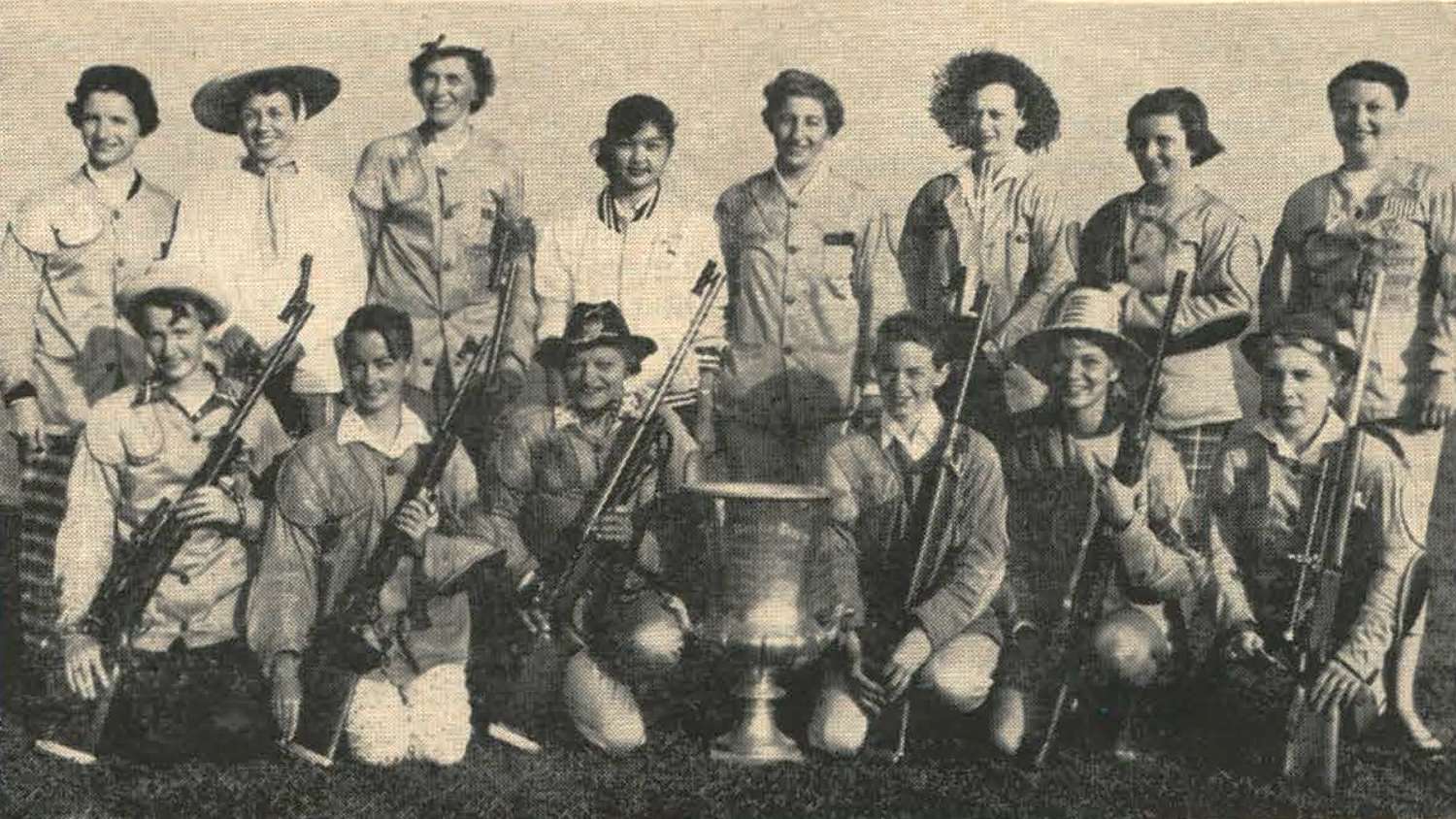
The military’s efforts towards becoming a force in shooting were beginning to show. A relatively unknown regular Marine made a real splash. Corporal Walter Kamila had won a few local prone matches in the Camp Pendleton area. Lieutenant Colonel Walter Walsh oversaw the Marine effort at Camp Perry and had heard about Kamila. Soon, the 22 year-old was training hard in a discipline that had been the dominated by civilians since 1923. Kamila bested all comers in a field of 650 shooters―becoming the first service shooter to win the national prone championship since 1922.
Serge Federoff, one point behind Kamilia, was the civilian champion. J. Eric Sundstrom, Jr. won the junior title while Herb Hollister racked up his second senior win.
Army Lieutenant Jack Foster snapped Art Cook’s streak of position championship wins. Foster won the Parsons Trophy on the strength of his any sight score―marking the third consecutive position win for the military. Service shooters would maintain a tight grip on this title, running virtually unchecked for almost 30 years.
As the 1950s ended it was more than apparent that smallbore rifle shooting had grown in stature and at last had come of age.
Part 5 of our smallbore national championship history article series is coming soon. In the meantime, check out the first installment of "50 Great Competitive Shooters of the 20th Century."













